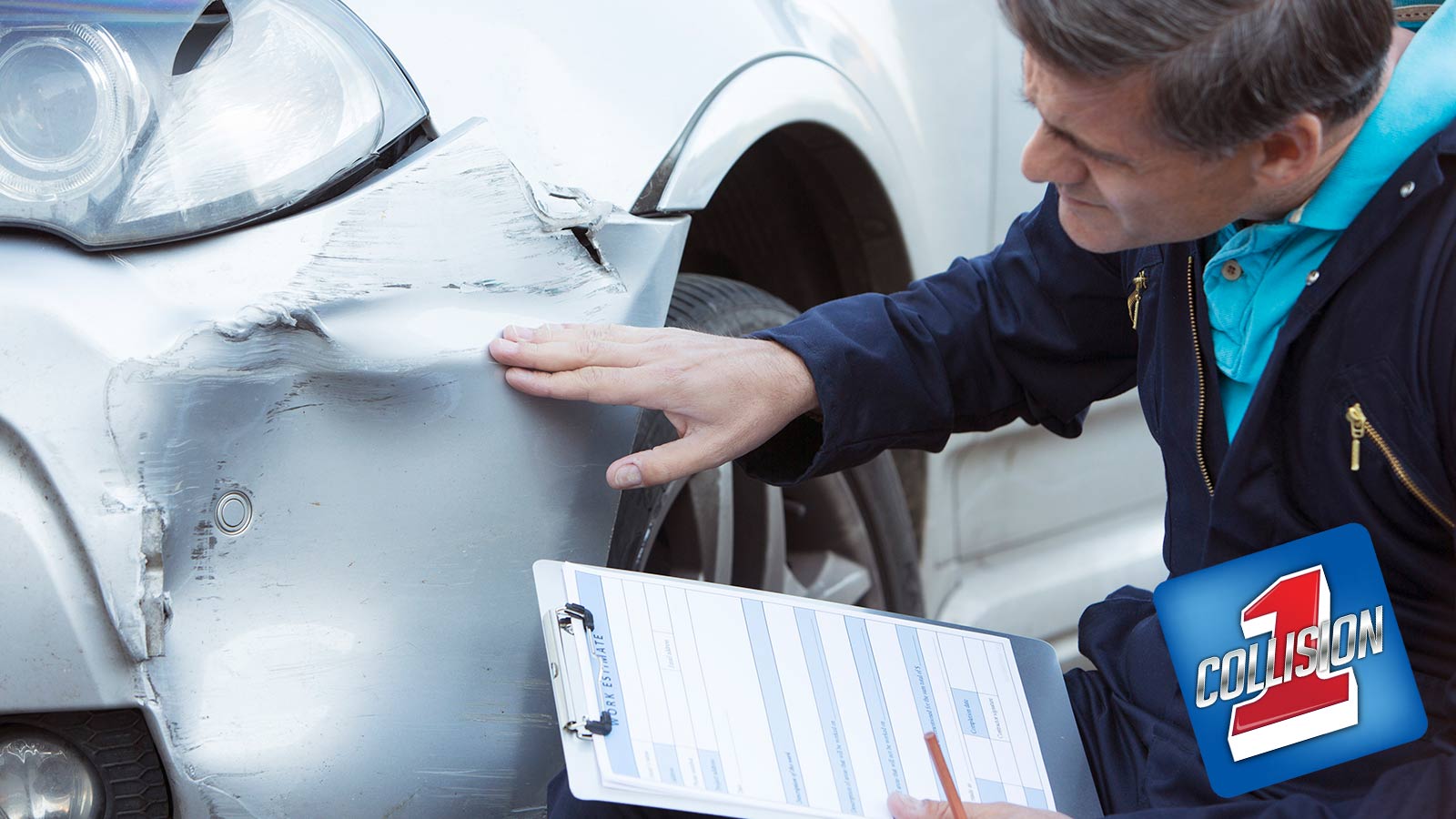Auto India: A Look at Future Mobility Solutions
As the world embraces an era of rapid technological advancement, the landscape of transportation is undergoing a remarkable transformation. India, with its vibrant automotive market, is at the forefront of this evolution. Future mobility solutions are not just a buzzword; they represent the next generation of transportation that is set to redefine how people and goods move across the nation. From electric vehicles (EVs) to smart infrastructure, the journey toward a sustainable and efficient transportation system is well underway.
The Rise of Electric Vehicles
One of the most significant upcoming trends in mobility is the surge in electric vehicle adoption. As environmental concerns escalate and governments push for greener alternatives, India is witnessing a monumental shift toward EVs. Manufacturers are innovating to produce a range of electric cars, buses, and two-wheelers that cater to diverse consumer needs. Companies like Tata Motors, Mahindra, and Ather Energy are leading the charge, introducing models that not only promise lower emissions but also offer enhanced performance and affordability.
These vehicles are equipped with advanced battery technology, significantly improving their range and charging efficiency. The government is also playing a pivotal role by offering subsidies and incentives to both manufacturers and consumers. This collaborative effort is making electric vehicles more accessible, contributing to a sustainable future for transportation.
Embracing Autonomous Technology
Another exciting frontier in innovations shaping transportation is autonomous technology. The concept of self-driving cars has captured the imagination of many, and India is not lagging behind. Several tech companies and automotive manufacturers are experimenting with autonomous driving technologies, testing vehicles equipped with sensors, artificial intelligence, and machine learning capabilities.
While full autonomy may still be a few years away, various levels of automation are already being integrated into vehicles. Features such as adaptive cruise control, lane-keeping assist, and automated parking systems are becoming commonplace. These technologies not only enhance driver safety but also improve traffic efficiency by reducing congestion.
Smart Mobility Solutions
In addition to electric and autonomous vehicles, exploring new mobility options has become crucial in urban planning. The rise of smart cities in India brings with it a plethora of opportunities for innovative transportation solutions. Integration of digital technology with transportation infrastructure is paving the way for smart mobility solutions that make travel more efficient.
Apps for ride-sharing, carpooling, and micro-mobility options like e-scooters and bicycles are gaining popularity. These alternatives not only reduce traffic congestion but also offer eco-friendly solutions for short-distance travel. Cities like Bengaluru and Delhi are increasingly adopting these systems, encouraging a shift toward shared mobility and reducing the overall carbon footprint.
The Role of Public Transportation
Public transportation remains a cornerstone of mobility solutions, particularly in densely populated areas. Future mobility will heavily focus on enhancing public transport systems to accommodate the growing urban population. Projects like the Delhi Metro and Mumbai’s suburban rail system exemplify how modern infrastructure can improve connectivity while minimizing environmental impact.
In addition to traditional public transport, integrating electric buses and trains will further enhance the efficiency and sustainability of these systems. The introduction of smart ticketing systems and real-time tracking applications will also contribute to a more user-friendly experience for commuters.
Sustainability and Green Practices
Sustainability is at the heart of future mobility solutions. As cities grapple with pollution and climate change, there is a pressing need for green practices in transportation. This involves not just promoting electric vehicles but also implementing comprehensive recycling programs for batteries and other components.
Innovations in hydrogen fuel cells are also emerging as a potential game-changer. Hydrogen-powered vehicles offer an alternative to battery electric vehicles, producing only water as a byproduct. Major players in the automotive industry are investing in research and development to harness this technology, paving the way for cleaner transportation solutions.
Collaborative Ecosystems
To effectively implement these future mobility solutions, collaboration among various stakeholders is essential. Government bodies, private companies, and research institutions must work together to create policies that encourage innovation while addressing regulatory challenges.
Public-private partnerships can drive the development of smart infrastructure, enabling seamless integration of various modes of transport. By fostering a collaborative ecosystem, India can accelerate the transition to a sustainable and efficient mobility landscape.
Conclusion
The future of mobility in India is brimming with possibilities, characterized by upcoming trends in mobility that promise to transform how we travel. With advancements in electric vehicles, autonomous technology, smart mobility solutions, and a strong emphasis on sustainability, the journey ahead looks promising.
As the nation continues to explore innovative approaches to transportation, the focus will remain on creating a system that is not only efficient and accessible but also environmentally responsible. Embracing these innovations shaping transportation is crucial for building a brighter, more sustainable future for all.
In this vibrant landscape of change, India is poised to become a global leader in mobility solutions, setting the stage for a transportation revolution that will resonate for generations to come.



